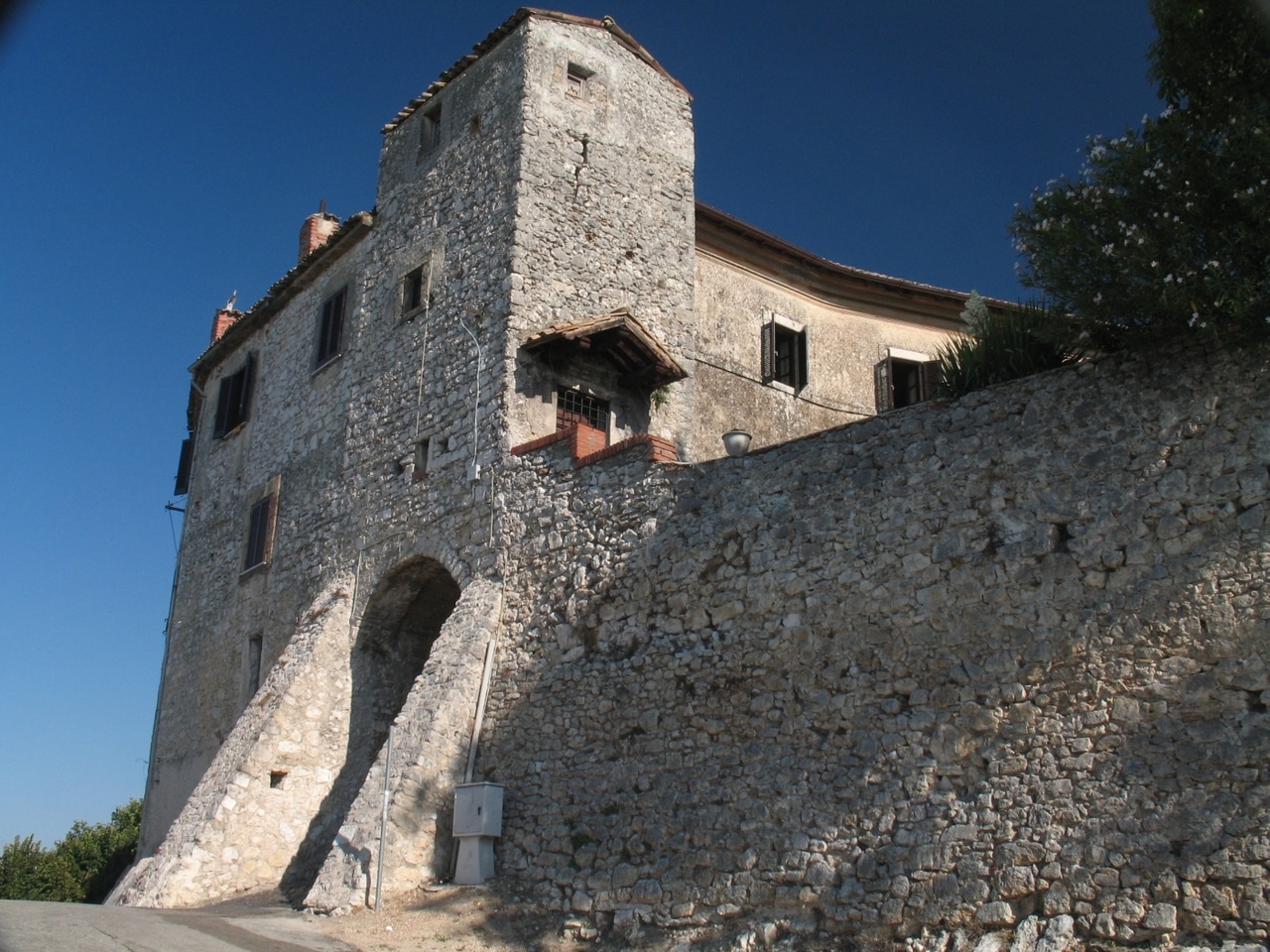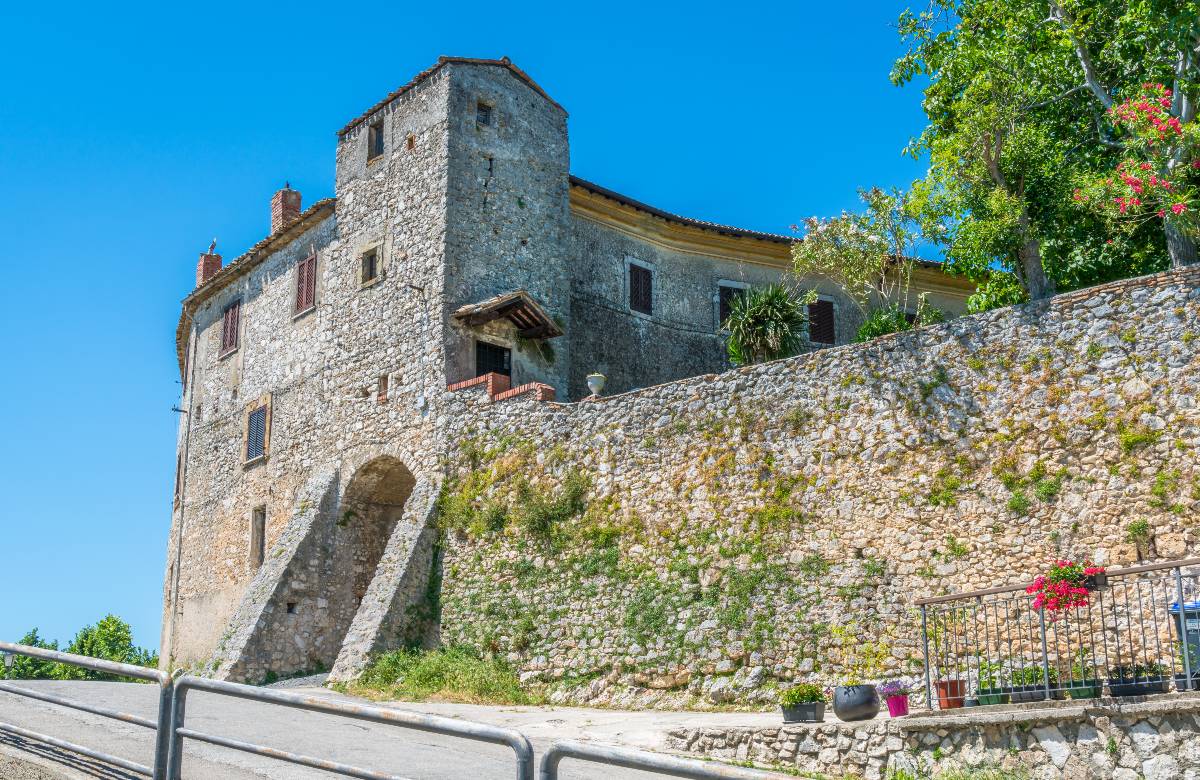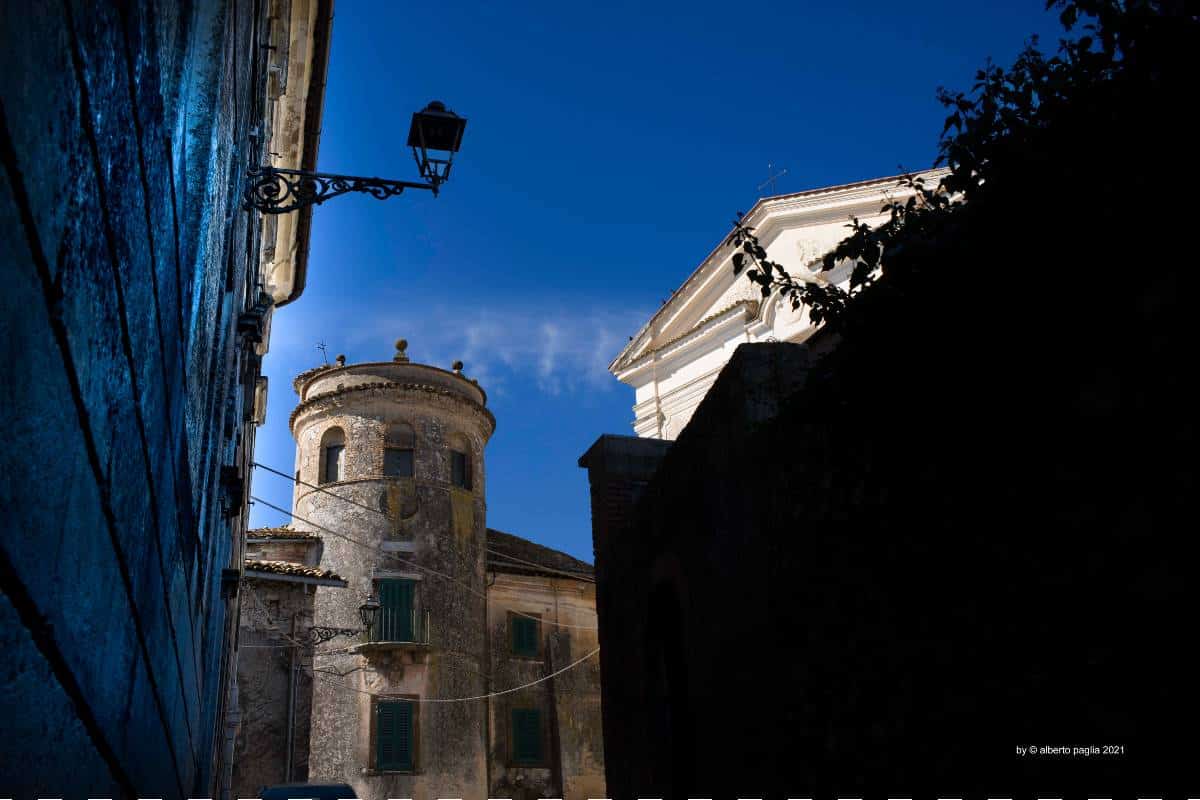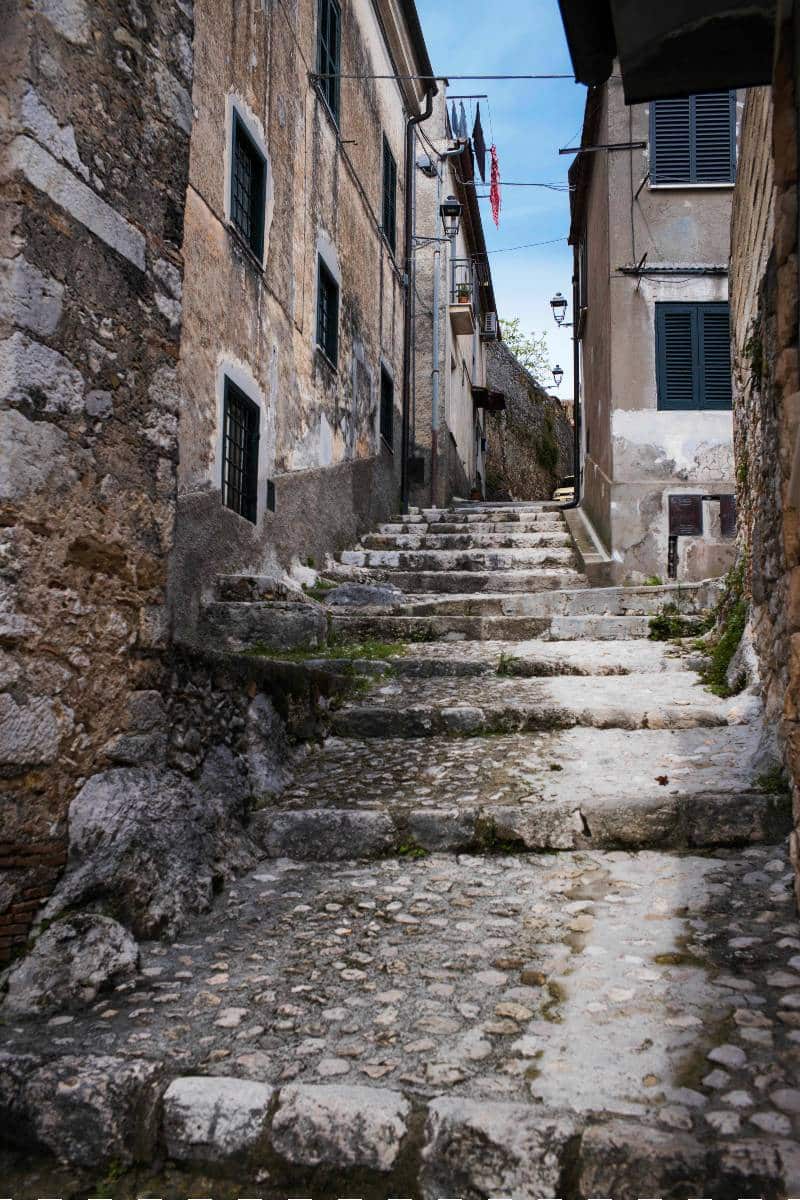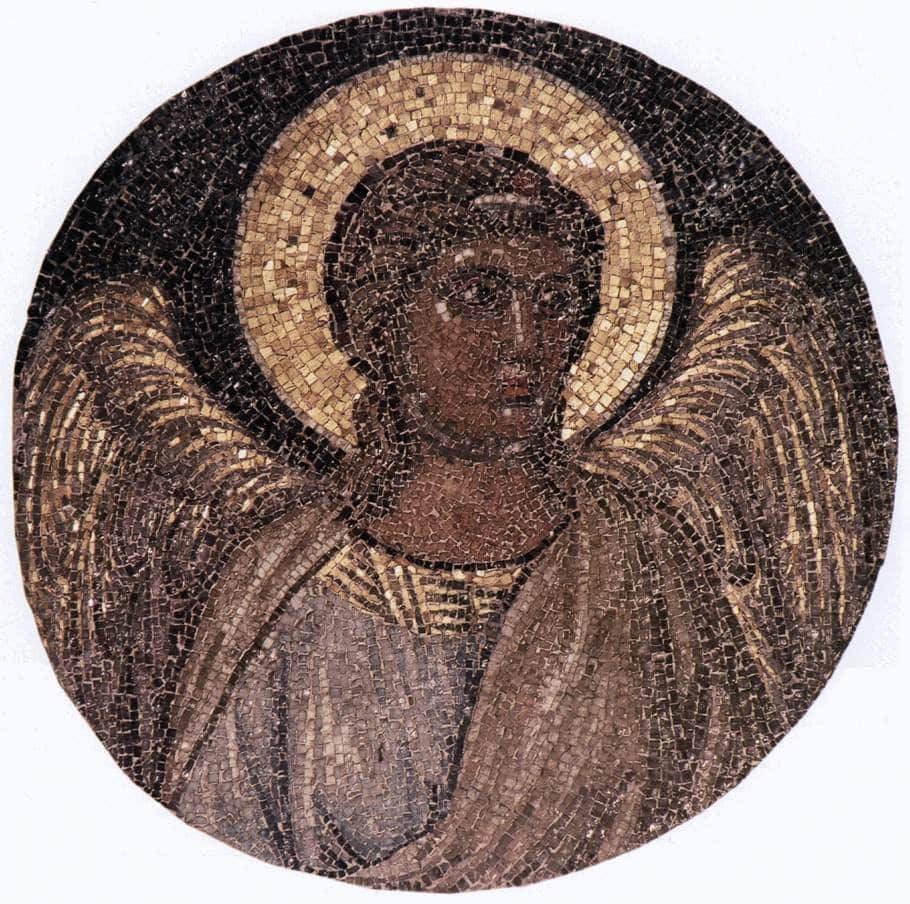A medieval village surrounded by walls
The village walls feature 18 watchtowers with different structures. The towers, in fact, are built on a round and square plan in an alternating manner to allow a more complete view of the surrounding area. The structure is very well preserved and allows visitors to take a very suggestive walk within the walls. The town retains the narrow streets and tangled alleys typical of medieval villages where the need to defend and protect the territory was considered a priority. Boville Ernica, in fact, is located on the border between the Papal States and the Kingdom of Naples, and for centuries, the continuous struggles between the two kingdoms have repeatedly threatened the peace and tranquillity of the village. The town reached its autonomy in the 13th century, which represented a period of economic and cultural ferment, and at the end of the 16th century it was annexed to the Papal State, losing its independence.
What to see
Boville Ernica preserves traces of pre-Roman walls that were built by the ancient inhabitants on a side of Monte Fico to defend a village where there was also a place of worship. The structure testifies to the existence of a very organised community that lived permanently in the territory and was mainly dedicated to agriculture. In the village there are several religious buildings that represent an important testimony to the history of the village. The Convent of St. Francis houses a number of frescoes dating from shortly after Giotto's time that are the work of local masters. In the heart of the village is the Church of Santo Stefano, which houses 17th-century paintings by the Bolognese school, while the Church of San Michele contains a painting by Cavalier d'Arpino, a leading exponent of Baroque painting.
The most interesting civil building in Boville is Palazzo Filonardi, which was built at the behest of Cardinal Ennio Filonardi at the end of the 16th century on the remains of a building owned by his family. The building has five fronts, several courtyards, splendid portals and imposing staircases, as well as floors with the lily symbol of the Farnese family and the oak of the Della Rovere family. The palace was the favourite holiday resort of the papal court, which spent long periods in the village.


